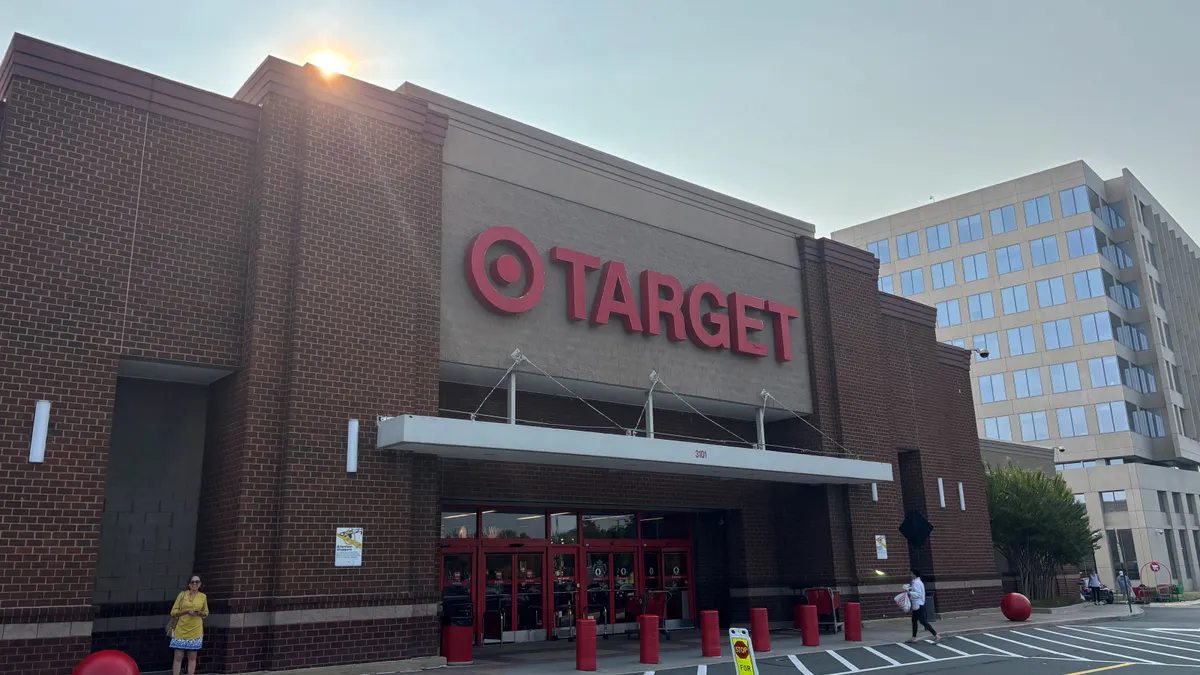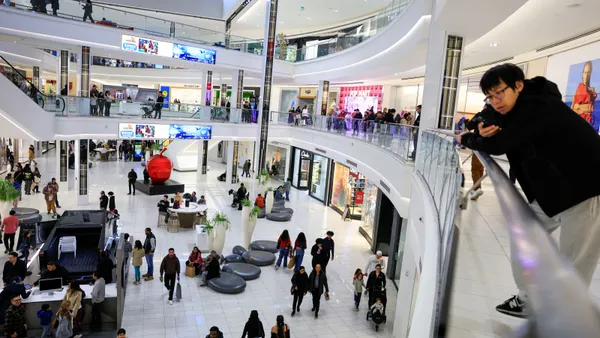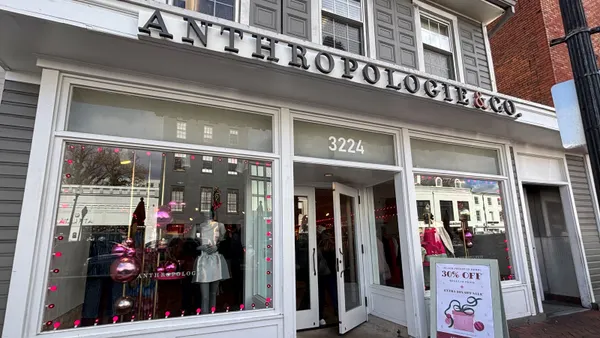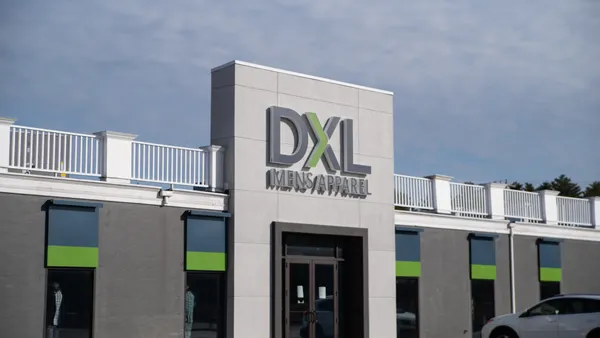Dive Brief:
-
Just 20% of retailers are investing in growth strategies that connect their brick-and-mortar and e-commerce operations (a.k.a. “omnichannel”), according to HRC Advisory's annual chief executive officer and chief financial officer study and survey. That same number —20%—is investing in growth, which HRC says should be a strategic mix of new stores, remodeling existing stores, e-commerce, m-commerce, and omnichannel. The other 80% is spending the same amount as other years on their growth strategies.
-
Many CEOs say they’re concerned that e-commerce technology innovations are moving so rapidly that they’re unsure of their digital investments or which would bring the most effective ROI. Of those making investments, 40% are prioritizing e-commerce and omnichannel investments, another 40% are making those as their second priority, and for 20% it’s their third priority.
-
A big weak spot for retailers is their brick-and-mortar stores: Despite the fact that 80% of sales accrue from brick-and-mortar for the retailers keeping their investments flat, just 10% of them are prioritizing remodeling and refreshing existing stores as a key growth strategy to increase store productivity. The other 90% of them are treating remodels as maintenance only or to meet lease obligations.
Dive Insight:
HRC Advisory CEO Antony Karabus says that this survey shows a disconnect between growth, investments, and strategies for a majority of retailers.
The 20% that are making the right strategic investments “are spending on the right combination of growth strategies, including new stores, e-commerce, m-commerce, omnichannel and remodeling,” according to the report. “This same group of retailers are increasing capital spend by up to 50 percent in 2015/2016 to fund their growth and operating strategies, enabled by greater access to external capital.”
But, though many retail CEOs are somewhat stumped by the complexity and continuous evolution of technology and digital options, that disconnect is acute when it comes to investment in stores.
“The distortion of capital allocated to the channel that almost always contributes much less than 15 percent of total sales and a much smaller percentage of total profits is likely to have a meaningful impact in the mid- to longer-term on profitability and competitiveness,” Karabus said. “This is particularly the case as retailers defer maintenance of their profit-generating store fleet, which we expect will result in the physical store shopping experience to start falling behind the e-commerce experience.”














